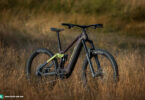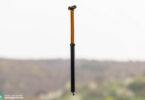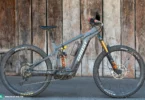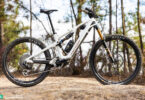Opinion: E-Mountainbike trail access in the US
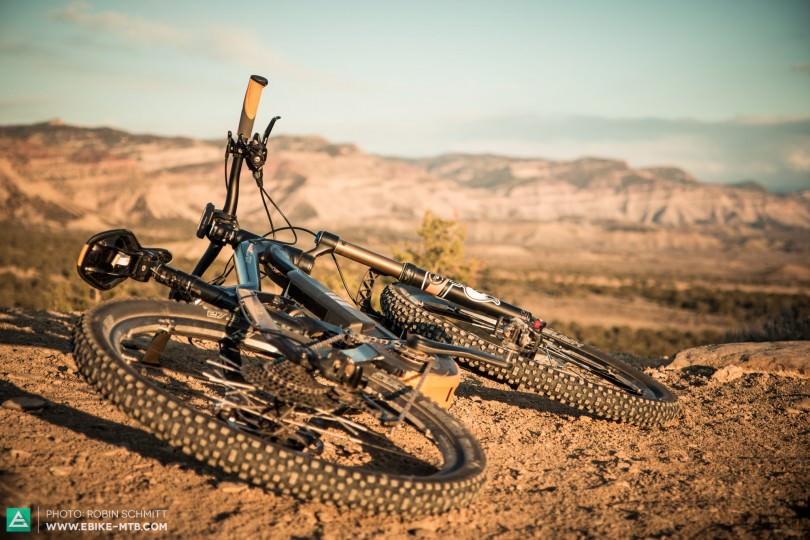
The times they are changing. And they’re changing really fast too. After taking a cautious approach for the last couple of years, manufacturers are releasing e-MTBs to the US market. As we have seen in Europe E-MTBs are here to stay. When riders get their hands on these new next-gen e-MTBs, the potential for trail conflicts with the human-powered MTB riding community and land managers may escalate. We can avoid this if the mountain biking community bands together and pro-actively works through the issue rather than kicking the can down the road.
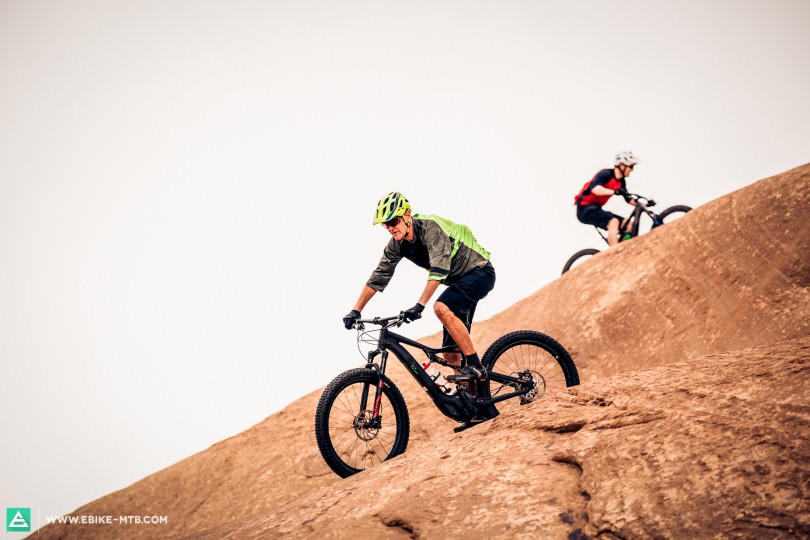
The Backstory
Land management agencies have held fast to the off-highway vehicle (OHV) definition, which, we believe, incorrectly groups Type I, pedal-electric bikes (with a maximum power-assist speed of 20-mph) together with gas-powered dirt bikes and ATV’s. These two are horses of an entirely different color.
Some fear that allowing Type I e-MTB’s on MTB trail systems lets the genie out of the bottle and that the gas-powered OHV sector may campaign to secure expanded trail rights on MTB-only trails. Others fear a rollback of existing MTB trail access. We don’t want to see either of these highly improbable prospects occur but changes to the OHV definition regarding e-MTB’s needs an update.
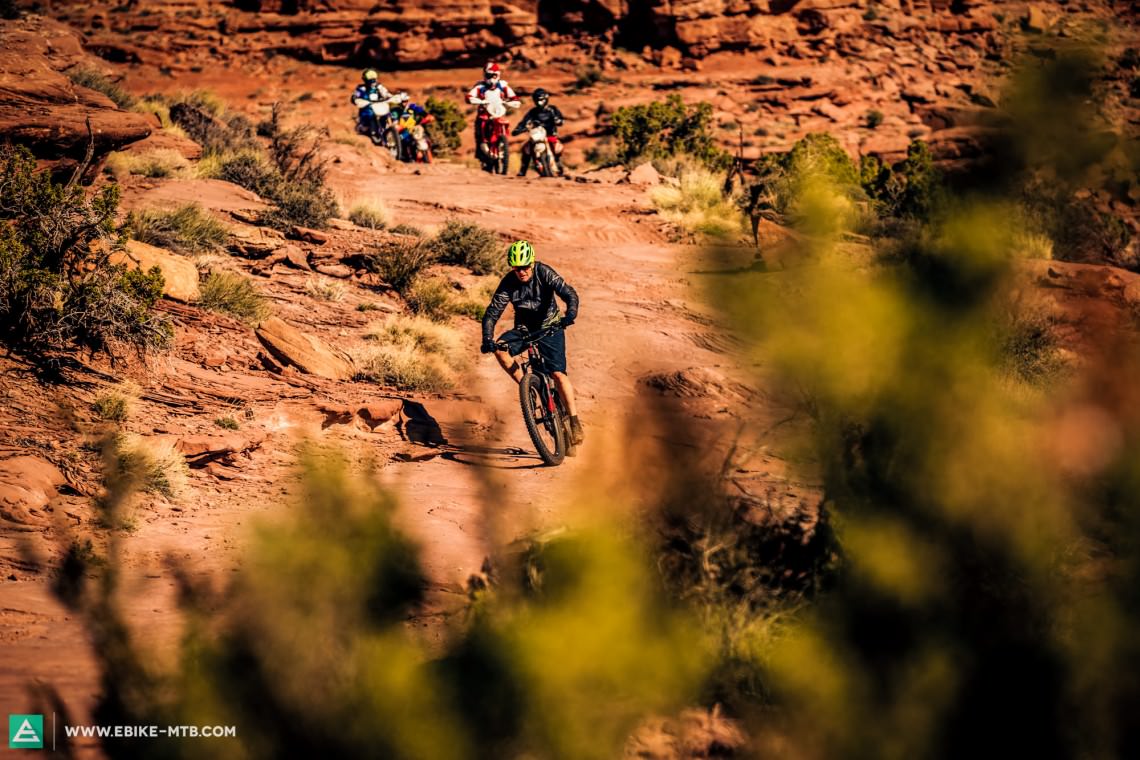
The e-MTB issue has been something of a ‘…chicken and egg’ game. Policy makers look to cycling advocacy groups for guidance as they evaluate whether to ease trail bans for e-MTB’s. The chief MTB advocacy group, the International Mountain Bike Association (IMBA), has not issued an updated policy position but that time is fast approaching. Reports have been circulating that IMBA will address the e-MTB trails issue in the coming months though no definite timeframe has been confirmed by IMBA.
Recent Actions
Well the marketplace doesn’t wait forever. The Bicycle Product Suppliers Association (BPSA), PeopleForBikes (PFB) and IMBA recently completed a qualified scientific study of trail and erosional impacts of Type I e-MTB’s. The U.S. Bureau of Land Management (BLM) helped to facilitate the study but did not participate in gathering or analyzing the data. An Interim Summary Report of the findings concludes that e-MTB’s do not generate any more negative trail/erosion impacts when compared to MTB’s. The study findings can be viewed on the IMBA website. The Final Report is tentatively set for release in April 2016.
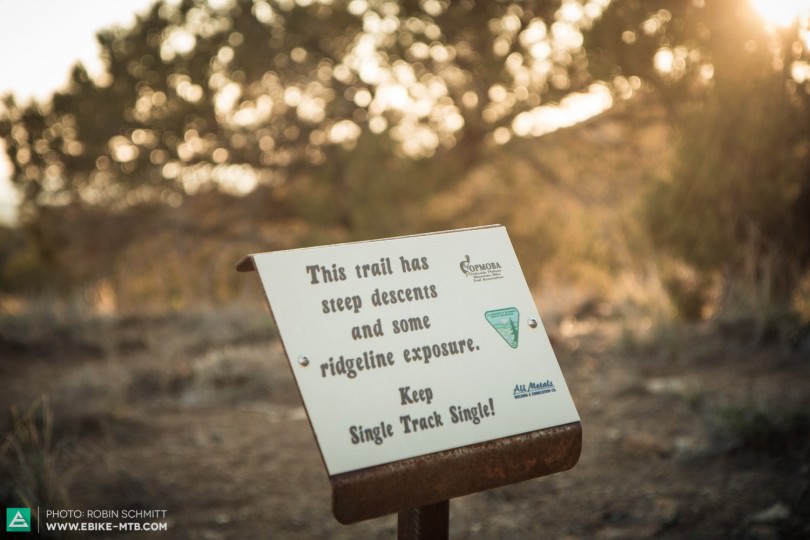
If, as the findings conclude, e-MTB’s generate no greater trail impacts compared to MTB’s then what other verifiable impacts are produced? Is the nearly imperceptible ambient motor noise or potentially higher speed climbing speed of e-MTB’s real and significant? We believe that neither of these possible critiques of e-MTB trail use can withstand objective scientific scrutiny. From our inquiries with study participants no further research is planned to measure supposed impacts. What else is there?
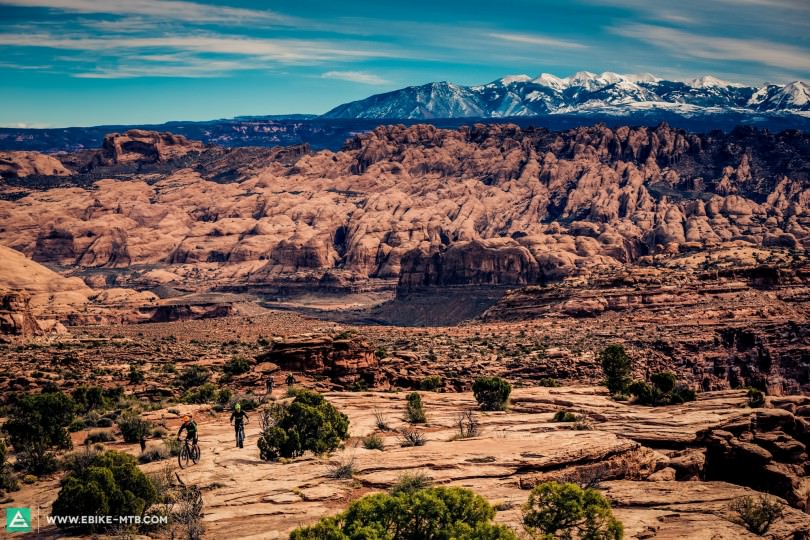
Tellingly, IMBA notes that “impacts to trail surfaces are not the sole determining factor when it comes to trail access – the social impacts associated with Type I e-MTB’s on multi-use trails are still to be sorted.” This statement leaves open the option for IMBA to continue with the current OHV policies and rests on possibly highly subjective criteria. IMBA summary findings reference a Land Manager Survey and a Social Impacts Analysis. To date the Land Manager Survey and Social Impacts Analysis study findings have not been made public. These supplemental study findings are riding below our radar and we look forward to reviewing them when they are issued – hopefully as a component of the Final Report.
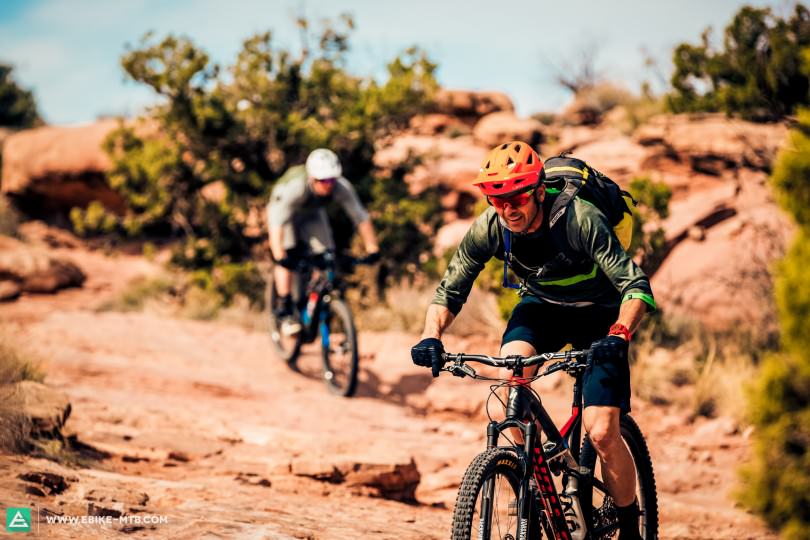
A big challenge for IMBA is their primary membership base. A lot of human-powered MTB riders don’t understand e-MTBs, so in social media one sees a lot of angry and negative remarks against MTBs from IMBA’s user base. At the same time IMBA leadership understands potential and the pleasures of riding e-MTBs because they have hands-on experience testing, riding and cooperating with the e-MTB manufacturing sector. IMBA is somewhat torn between their traditional MTB base and the emerging e-MTB users. A big question that they’ll need to address publicly is “…is IMBA a representative for their human-powered ridership or a should they embrace all mountain bike cyclists.”
Sectarian Risks from Inaction
IMBA is the champion of expanding MTB trail access. IMBA’s initial work began in the late-1980’s and mainly focused on overcoming ‘inter-user’ conflicts – largely between hikers and equestrian users and the emerging MTB community. IMBA championed for access with these user groups and the organization’s collegial and collaborative advocacy strategy exceeded all expectations.
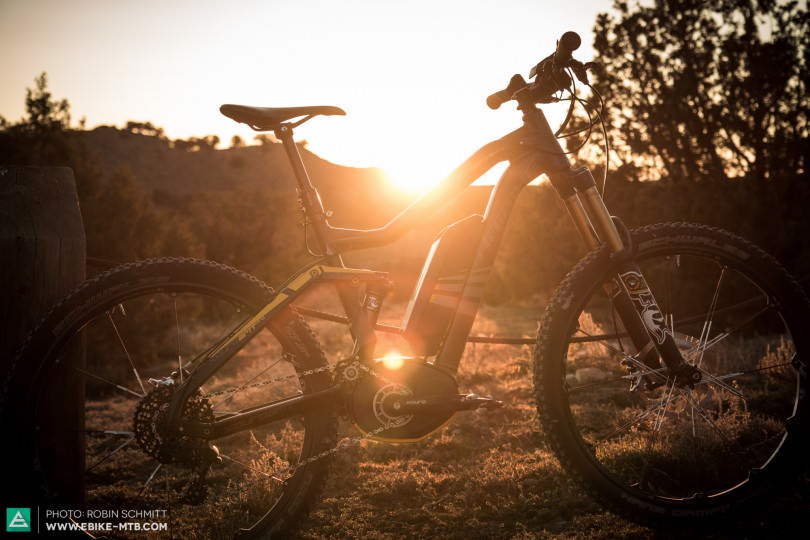
The emerging Type I e-MTB issues are ‘intra-user’ in nature and are between different sectors of the MTB rider community. This is a deep change from earlier access concerns. The trails access disagreements between those cyclists that believe that only human powered MTB’s should be allowed on trails and other riders who believe that e-MTB’s are simply another step in the evolution of cycling technology needs to reconciled. Without addressing MTB trails access we run the real risk of rising sectarian clashes. We don’t need, nor want, the MTB equivalent of a Hatfield versus McCoy feud.
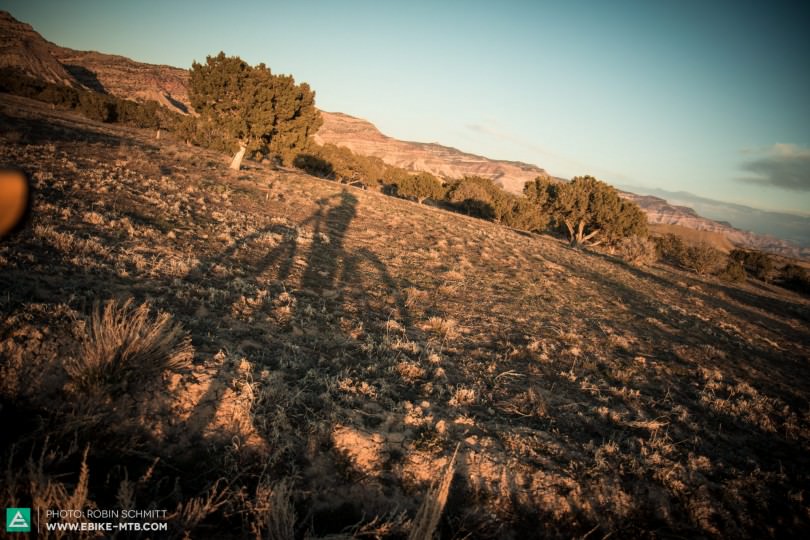
While the vast majority of today’s trail-worthy Type I e-MTB’s are easily identified by their bottom bracket drivetrains the evolution of electric motor technology never stops. There are now electric-assist motors housed in the seat tube driving the crank set. The Vivax© system, with no bar-mounted controller and a battery placed in a water bottle or seat-mounted bag, are virtually invisible. Technical advances will continue and without addressing access policies we can foresee possible conflicts.

Preemptive policy-planning work to amend trail bans for Type I e-MTB’s has begun and much more work is required. It started with IMBA’s recent inputs to Wisconsin’s Department of Natural Resources (DNR) proposed legislative update for electric bike access contained in NR45. IMBA worked with DNR to develop language intended to simplify e-bike regulations. I In February 1, 2016 a press release to IMBA members urged supporters to ask DNR to “… specify that certain classes of e-MTB’s (such as pedal-assist models) should be matched to particular trail types (like wide, natural surface paths). The process for exclusion or inclusion needs to be fully defined with input from the mountain bike community before a proposal such as NR45 can be successfully implemented.” We agree completely! This process should serve as a model for cooperation between the MTB cycling community and land management agencies.
The Way Forward
The hard facts are that E-MTB’s are coming to America and they are here to stay. Some MTB riders believe that Type I e-MTB’s shouldn’t be on MTB trails. This reasoning undervalues the fact that cycling is a lifetime sport and that all people grow older. The power bump that e-MTB’s provide cyclists is a good thing. For some the power boost allows riders to squeeze in exercise even with demanding schedules. Others can ride the trails but post-ride aches and pains and potential for stress injuries take away from the pleasures of riding. Let’s not penalize an emerging cycling user group from enjoying these trails too. An exclusionary, holier-than-thou attitude isn’t what we are as a sport.
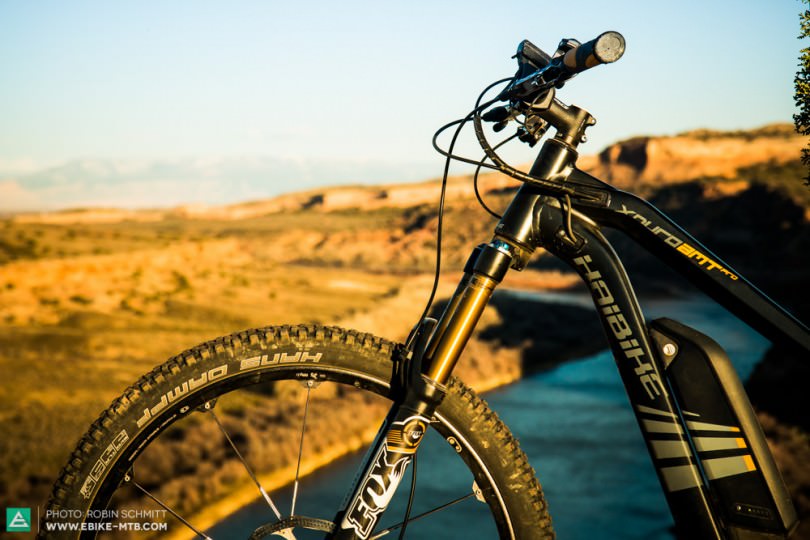
Let’s be pro-active and address the trail access policy head-on. The MTB community should begin work straight away on several policy fronts, including the following:
- Publicize the Final Report of the Trail Impact Analysis Study, the Land Managers Survey and the Social Impacts Analysis.
- Encourage IMBA to amend its E-Bike Policy Statement on OHV’s and help to develop model language for land management agencies to exempt Type I e-MTB’s from the OHV category.
- Develop a series of pilot projects granting access to Type I e-MTB’s on MTB trails throughout all geographic regions in the U.S. to assess and fine-tune the access regulations for regional conditions; especially for trail systems in close proximity to urban centers where many MTB riders live. This step is necessary to allow for the careful expansion of Type I e-MTB’s on appropriately-sized trail networks.
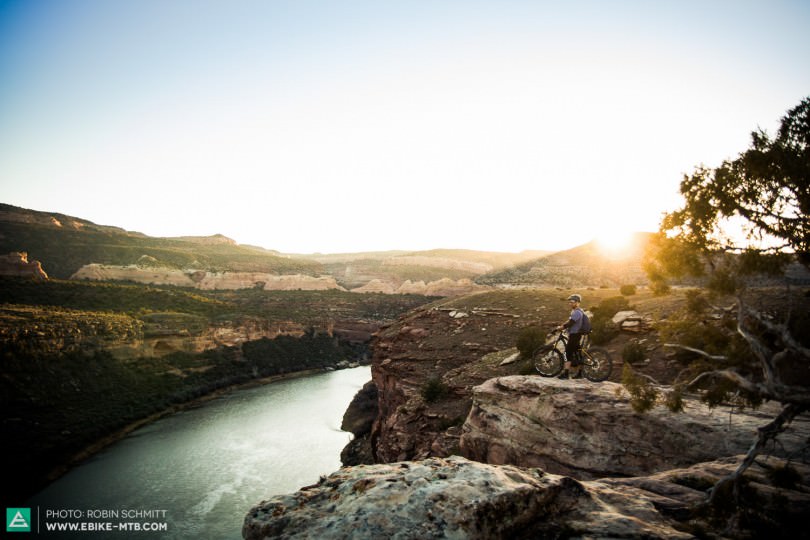
Trail access for all mountain bikers is fast becoming a defining issue for the MTB community. Compromise, fair-mindedness, and objective fact-finding are required. Let’s make acceptance and inclusiveness the defining symbol of who we are as cyclists as we address this important issue.
Words: Rob Katzenson Photos: Robin Schmitt, Specialized / Colin Belisle
Did you enjoy this article? If so, we would be stoked if you decide to support us with a monthly contribution. By becoming a supporter of E-MOUNTAINBIKE, you will help secure a sustainable future for high-quality cycling journalism. Click here to learn more.


